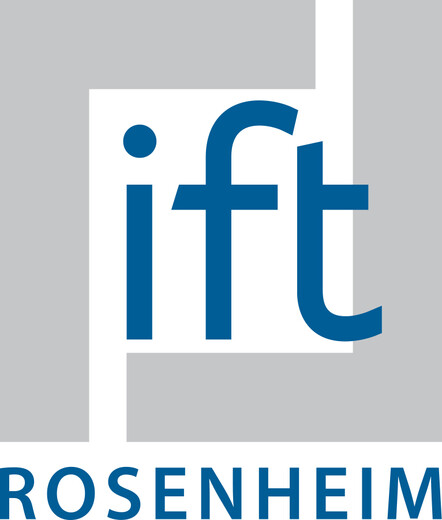

 languageSelector_id
languageSelector_id Argentina | español
Argentina | español Australasia | english
Australasia | english Bosna i Hercegovina
Bosna i Hercegovina Česká republika | czech
Česká republika | czech Chelsea Building Products
Chelsea Building Products China | 中文
China | 中文 Deutschland | deutsch
Deutschland | deutsch España | español
España | español Eλλάδα | Eλληνική
Eλλάδα | Eλληνική France | français
France | français Hrvatska | hrvatski
Hrvatska | hrvatski India | english
India | english Indonesia | english
Indonesia | english International | english
International | english  Italia | italiano
Italia | italiano Kosovës
Kosovës Lietuva | Lietuvos
Lietuva | Lietuvos Magyarország | magyar
Magyarország | magyar México | español
México | español Nederland | nederlands
Nederland | nederlands Österreich | deutsch
Österreich | deutsch Polska | polski
Polska | polski România | românesc
România | românesc Slovenija | slovenščina
Slovenija | slovenščina Slovensko | slovenský
Slovensko | slovenský Srbija | srpski
Srbija | srpski UK | english
UK | english Ukrayina | русский
Ukrayina | русский Ukrayina | українська
Ukrayina | українська USA | english
USA | english الامارات العربية المتحدة | العربية
الامارات العربية المتحدة | العربية For love of the environment
Windows for passive houses
Energy efficiency at its best
Looking after our planet is the only option! If you're thinking of building or renovating an energy-efficient home, you need to think about your windows. Because aluplast has made a commitment to sustainability, our system engineers have long been making an effort to improve the heat insulation of our window systems using various technical features. And their success proves that we are on the right track: With energeto® we have successfully developed the first steel-free window system that is able to achieve top-class insulation stats thanks to the use of technical features like fibre glass reinforced plastic (powerdur inside) for stability.

energeto® 8000 - Fully passive house certified according to Dr. Feist
As the first complete window system made from PVC, energeto® 8000 foam inside has received the Dr Feist passive house certificate. By this means, not only different window types, but also patio doors, ceiling-high balcony doors, elements with mullions and bolts, semi-fixed and fixed glazed elements or operable elements are now certified to be passive house-compatible according to the Dr. Feist standard. Furthermore, the most common installation situations have been taken into account: walls with a thermal insulation composite system, wooden lightweight constructions, and concrete shuttering blocks. With a construction depth of 85 mm, energeto® is ideal for new buildings.

energeto® 5000 - Certified for passive houses in accordance with the ift
With its slim construction depth of just 70 mm, energeto® 5000 is the ideal system for renovation work in accordance with the passive house standard. As the first window system offered with this narrow construction depth, it received passive house status according to the ift (German Institute for Window Technology).
Terminology for passive houses
New buildings
Passive houses are buildings that are not equipped with any conventional heating systems. To generate warmth, passive houses often use energy from the sun's rays, for example by fitting large windows along the southern facade. They tend not to have any windows on the north-facing side or, if they do, the windows tend to be very small as very few solar gains are available. A range of specifications relating to window design apply to passive houses. For example, KfW requires a maximum Uw-value of 0.8 W/m²K to be eligible for funding while the privately-run Passive House Institute by Dr. Feist defines additional requirements for individual components, which often increase the price of these elements. The ift (the German Institute for Window Technology) has also published a new policy for passive-house windows, which is more or less the average of the two standards described above. For window fabricators, it is important to note which variant is required, as the requirements in the tender information must be fulfilled regardless of other alternatives.
Old buildings
Relatively speaking, not many old buildings are renovated to passive house standard at the moment, though the German government are hoping that this will become standard over the medium to long-term. In the window industry, aluplast is the only system provider to offer a narrow construction depth of just 70 mm, which is certified according to the ift (German Institute for Window Technology) passive house standard.
Passive house certificate as per Dr. Feist
The most famous passive house expert is the head of the Darmstadt-based Passivhaus Institut, Dr Wolfgang Feist. The Passivhaus-Institut PHI uses a set of stringent criteria to certify structural components: the heat transmission coefficient for windows must not exceed Uw ≤ 0.80 W/m²K in total. The frame alone must reach the same level of Uf ≤ 0.80 W/m²K. The window is also assessed in its mounted state, where the threshold amounts to Uw installed ≤ 0.85 W/m²K.
Passive house certificate in accordance with the ift
The German Institute for Window Technology (the ift, based in Rosenheim) issues a number of technical certification reports, including a passive house certificate. The ift also specifies a heat transmission coefficient of Uw≤ 0.80 W/m²K for the entire window though the value for frames is slightly higher at Uf≤ 0.95 W/m²K .
KfW requirements
KfW (a German bank that specialises in development) promotes the installation of energy-efficient windows. Depending on the energy efficiency of the building as a whole, the bank distinguishes between various classes of Efficiency Houses, which are eligible for different levels of funding. The Efficiency House class with the strictest requirements (KfW 40) applies only to new buildings. To be eligible, the window must achieve a total U-value of 0.8 W/m²K.